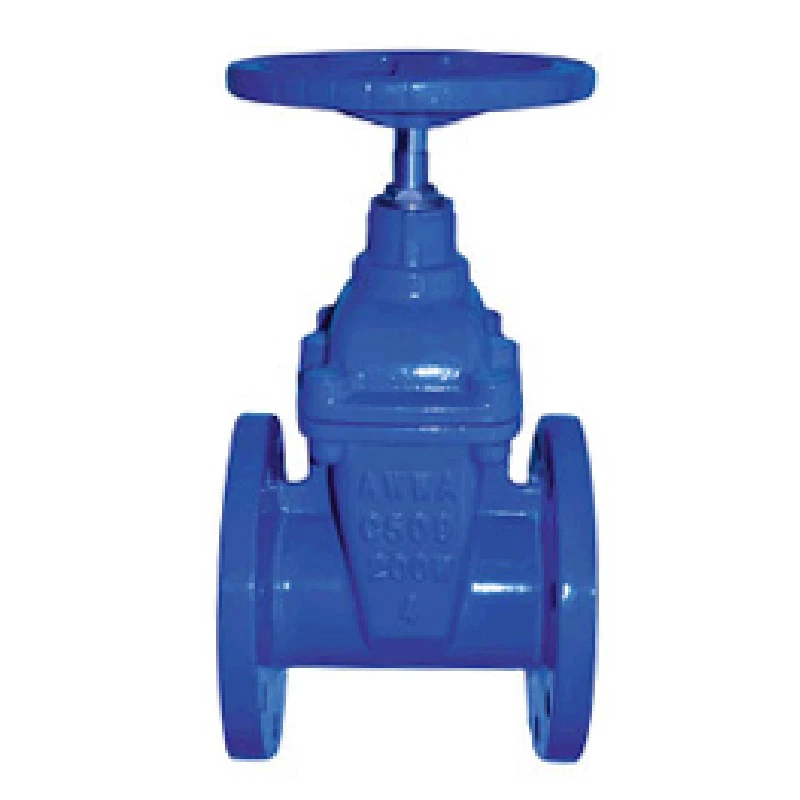Dec . 04, 2024 14:05 Back to list
Exploring the Functionality and Applications of Swing Type Check Valves in Fluid Systems
Understanding Swing Type Check Valves
Check valves are essential components in fluid systems, used primarily to prevent backflow. Among the various designs available, the swing type check valve stands out for its simple mechanism, reliability, and versatility. This article will delve into the features, functioning, applications, and advantages of swing type check valves, providing you with a comprehensive understanding of this critical device.
What is a Swing Type Check Valve?
A swing type check valve is a non-return valve that allows fluid to flow in one direction only. The valve's design incorporates a disc, which is hinged to the body. When the fluid flows in the correct direction, the disc swings open, allowing fluid passage. Conversely, when the flow reverses, the disc closes under the influence of gravity or fluid pressure, effectively sealing the valve and preventing backflow.
Key Features of Swing Type Check Valves
1. Simple Design The swing type check valve features a relatively simple design, comprising a body, a hinged disc, and a seat. This simplicity makes it easier to manufacture and install compared to more complex valves.
2. Low Resistance to Flow The design of the swing type check valve allows for minimal resistance to fluid flow when the valve is open. The disc swings fully open, offering a large cross-sectional area for the fluid to pass through, making it ideal for systems where high flow rates are necessary.
3. Durability Typically made from robust materials like stainless steel, cast iron, or bronze, swing type check valves are designed to withstand high pressures and harsh environments, making them a durable choice for various applications.
4. Efficiency Swing type check valves operate effectively at different pressure levels, making them suitable for various fluid services, including water, steam, gas, and oil.
How Swing Type Check Valves Work
The operation of a swing type check valve is straightforward. The hinged disc is held tightly against the seat when the valve is closed, preventing any fluid from flowing backwards. Here’s a step-by-step breakdown of its operation
1. Forward Flow When fluid enters the valve from the inlet side, it exerts pressure on the disc, pushing it open and allowing the fluid to flow through.
2. Backflow Condition If there is a drop in fluid pressure or a change in flow direction, the disc is naturally drawn back towards the seat due to gravity or the upstream pressure, creating a seal that prevents any backflow.
swing type check valve

3. Installation Proper installation is crucial for efficient functioning. Swing type check valves are usually installed in horizontal pipelines, although they can also be placed vertically depending on the system requirements.
Applications of Swing Type Check Valves
Swing type check valves are versatile and find applications across various industries
1. Water Supply Systems These valves are commonly used in municipal water supply systems to prevent backflow and protect drinking water quality.
2. Oil and Gas Industries In oil transportation and refining processes, swing check valves ensure that the flow of materials remains unidirectional, enhancing safety and operational efficiency.
3. HVAC Systems In heating, ventilation, and air conditioning systems, swing type check valves manage air and fluid flow, preventing unwanted backflow that can disrupt system performance.
4. Pumping Stations These valves protect pumps from potential damage caused by backflow, ensuring reliability and efficiency in operation.
Advantages of Swing Type Check Valves
- Cost-Effective Due to their simple design and low maintenance requirements, swing type check valves are often a more economical option compared to other types of check valves. - Higher Flow Capacity Their large opening makes them ideal for applications requiring high flow rates, as they present minimal resistance to fluid movement.
- Reliability The mechanical operation ensures a reliable seal against backflow under a variety of service conditions, providing peace of mind to system operators.
Conclusion
In summary, swing type check valves play a crucial role in fluid systems across many industries. With their simple yet effective design, they provide essential functionality by preventing backflow, ensuring that systems operate safely and efficiently. Understanding these valves allows engineers and operators to make informed decisions regarding their use in various applications, ultimately enhancing system performance and reliability. Whether in water supply, oil and gas, or HVAC systems, swing type check valves remain a go-to choice for many applications.
Share
-
Reliable Wafer Type Butterfly Valves for Every IndustryNewsJul.25,2025
-
Reliable Flow Control Begins with the Right Ball Check ValveNewsJul.25,2025
-
Precision Flow Control Starts with Quality ValvesNewsJul.25,2025
-
Industrial Flow Control ReliabilityNewsJul.25,2025
-
Engineered for Efficiency Gate Valves That Power Industrial PerformanceNewsJul.25,2025
-
Empowering Infrastructure Through Quality ManufacturingNewsJul.25,2025